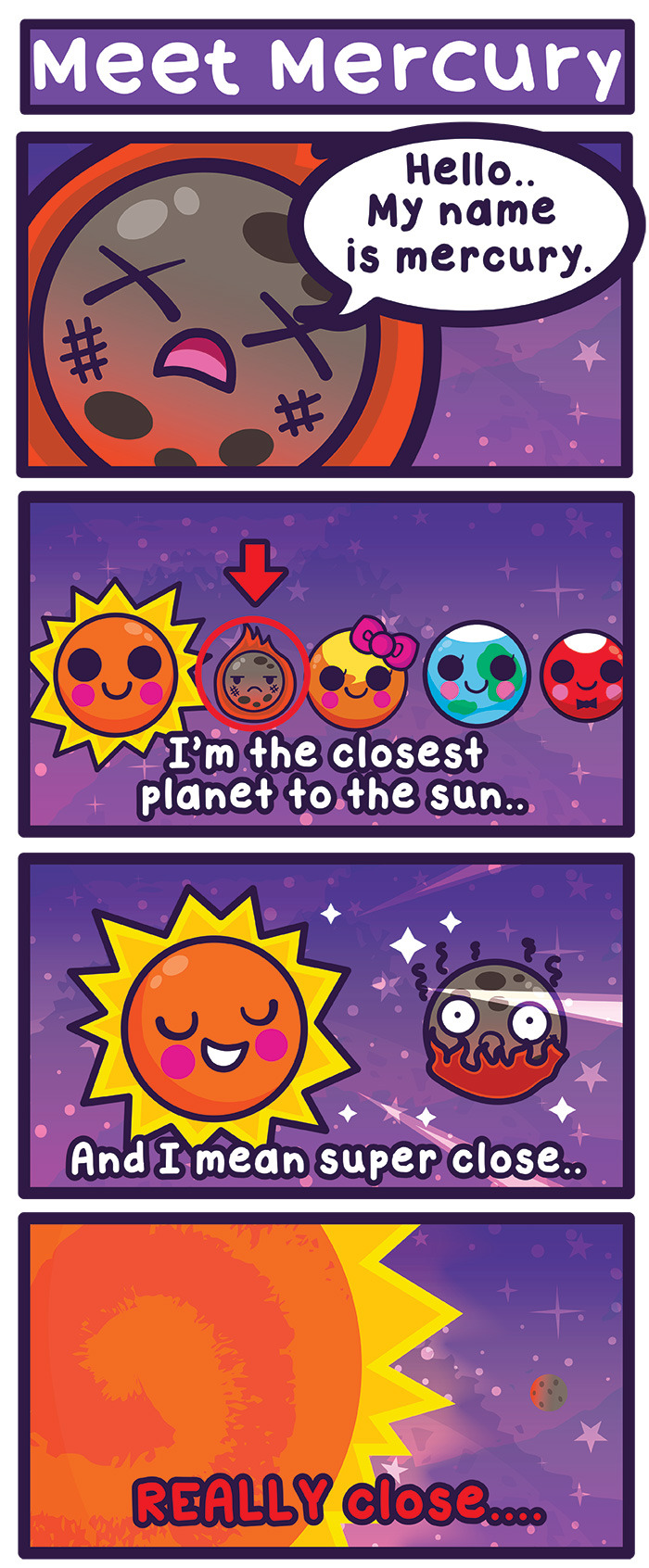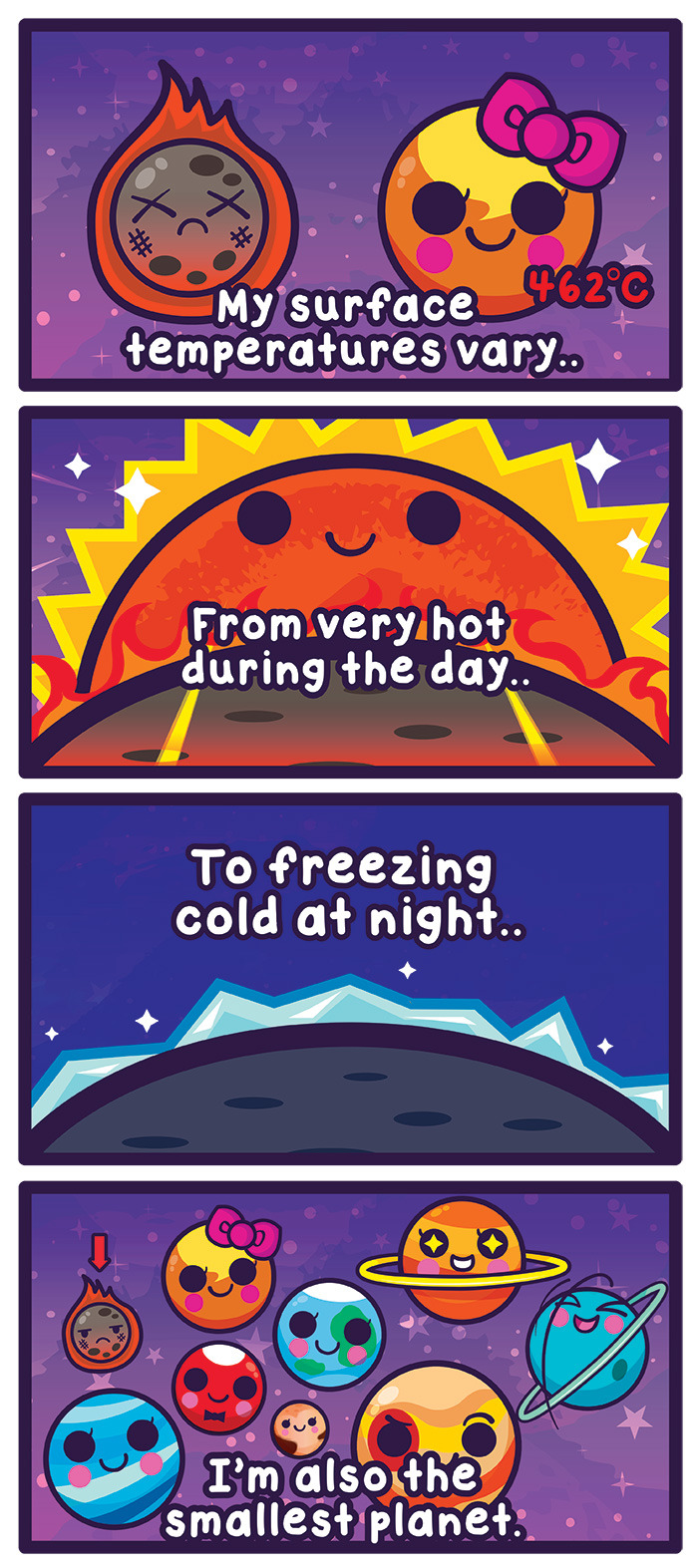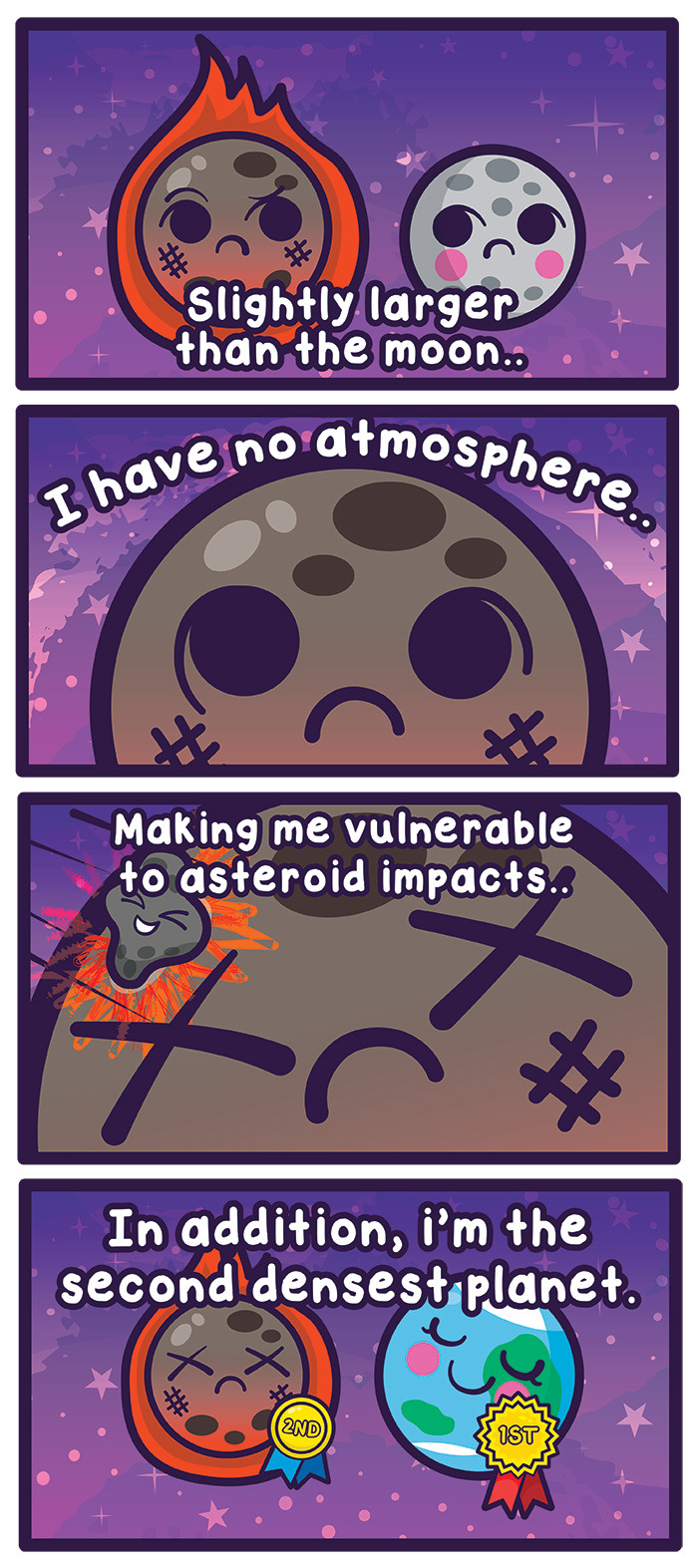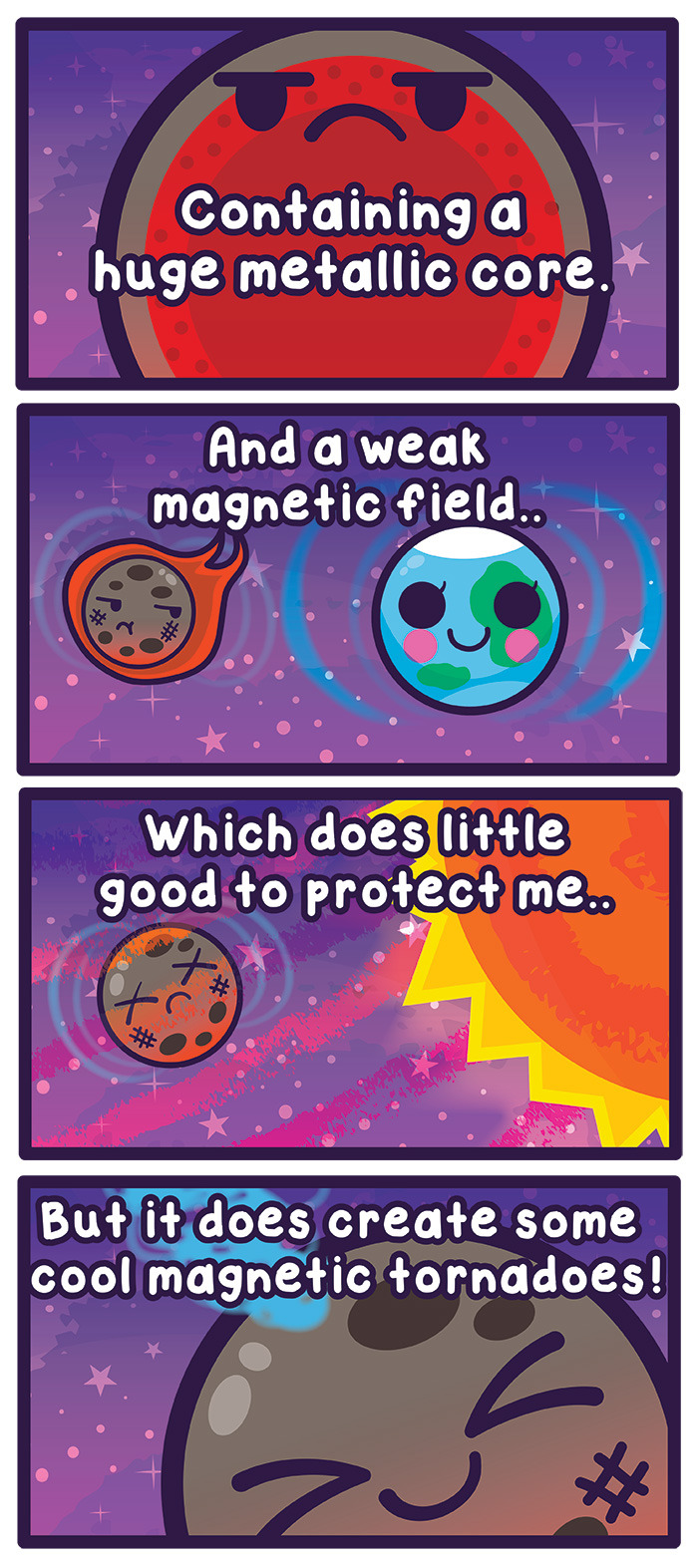Better Late Than Never!





Better late than never!
This week’s entry: Meet Mercury
http://www.space.com/36-mercury-the-suns-closest-planetary-neighbor.html
More Posts from Night-hides-the-world and Others

Comet McNaught caught between a fireworks display and lightning.
Taken January 2007 in Perth, Australia by Antti Kemppainen.
Everyone (Even You!) Can Use Satellite Data
At NASA we’re pretty great at putting satellites and science instruments into orbit around Earth. But it turns out we’re also pretty great at showing people how to get and use all that data.
One of the top ways you can learn how to use NASA data is our ARSET program. ARSET is our Applied Remote Sensing Training program and it helps people build skills that integrate all these Earth science data into their decision making.

ARSET will train you on how to use data from a variety of Earth-observing satellites and instruments aboard the International Space Station.
Once you take a training, you’ll be in GREAT company because thousands of people have taken an ARSET training.

We hold in person and online trainings to people around the world, showing them how to use NASA Earth science data. Trainings are offered in air quality, climate, disaster, health, land, water resources and wildfire management.
For example, if you’re trying to track how much fresh drinking water there is in your watershed, you can take an ARSET training and learn how to find satellite data on how much precipitation has fallen over a certain time period or even things like the ‘moistness’ of soil and the quality of the water.

Best yet, all NASA Earth observing data is open and freely available to the whole world! That’s likely one of the reasons we’ve had participants from 172 of the approximately 190 countries on Earth.

Since its beginning 10 years ago, ARSET has trained more than 30 thousand people all over the world. They’ve also worked with people from more than 7,500 different organizations and that includes government agencies, non-profit groups, advocacy organizations, private industry.
And even though 2019 is ARSET’s 10th birthday – we’ve only just begun. Every year about 60% of the organizations and agencies we train are new to the program. We’re training just about anyone who is anyone doing Earth science on Earth!
Join us, learn more about how we train people to use Earth observing data here, and heck, you can even take a training yourself: https://arset.gsfc.nasa.gov/.
Make sure to follow us on Tumblr for your regular dose of space: http://nasa.tumblr.com
![A Multi-Camera 360° Panoramic Timelapse Of The Stars By Vincent Brady [VIDEO]](https://64.media.tumblr.com/4e12ed79b6fa93fbd2f17ccd004921d6/tumblr_n7h573O5RR1rte5gyo1_500.gif)
A Multi-Camera 360° Panoramic Timelapse of the Stars by Vincent Brady [VIDEO]






Time for another out of this world comic for starry cosmos month!
This week’s entry, “Gamma Ray Bursts”
http://imagine.gsfc.nasa.gov/science/objects/bursts1.html
http://earthsky.org/space/gamma-ray-bursts-are-the-most-powerful-explosions-in-the-universe
Video released by SpaceX of a pad abort test.
“The video is filmed from the point-of-view of an astronaut inside the rocket — the rocket that accelerates from zero to 100 mph in 1.2 seconds, that is.” x
Solar System 10 Things: Looking Back at Pluto
In July 2015, we saw Pluto up close for the first time and—after three years of intense study—the surprises keep coming. “It’s clear,” says Jeffery Moore, New Horizons’ geology team lead, “Pluto is one of the most amazing and complex objects in our solar system.”
1. An Improving View

These are combined observations of Pluto over the course of several decades. The first frame is a digital zoom-in on Pluto as it appeared upon its discovery by Clyde Tombaugh in 1930. More frames show of Pluto as seen by the Hubble Space Telescope. The final sequence zooms in to a close-up frame of Pluto taken by our New Horizons spacecraft on July 14, 2015.
2. The Heart

Pluto’s surface sports a remarkable range of subtle colors are enhanced in this view to a rainbow of pale blues, yellows, oranges, and deep reds. Many landforms have their own distinct colors, telling a complex geological and climatological story that scientists have only just begun to decode. The image resolves details and colors on scales as small as 0.8 miles (1.3 kilometers). Zoom in on the full resolution image on a larger screen to fully appreciate the complexity of Pluto’s surface features.
3. The Smiles

July 14, 2015: New Horizons team members Cristina Dalle Ore, Alissa Earle and Rick Binzel react to seeing the spacecraft’s last and sharpest image of Pluto before closest approach.
4. Majestic Mountains

Just 15 minutes after its closest approach to Pluto, the New Horizons spacecraft captured this near-sunset view of the rugged, icy mountains and flat ice plains extending to Pluto’s horizon. The backlighting highlights more than a dozen layers of haze in Pluto’s tenuous atmosphere. The image was taken from a distance of 11,000 miles (18,000 kilometers) to Pluto; the scene is 780 miles (1,250 kilometers) wide.
5. Icy Dunes

Found near the mountains that encircle Pluto’s Sputnik Planitia plain, newly discovered ridges appear to have formed out of particles of methane ice as small as grains of sand, arranged into dunes by wind from the nearby mountains.
6. Glacial Plains

The vast nitrogen ice plains of Pluto’s Sputnik Planitia – the western half of Pluto’s “heart”—continue to give up secrets. Scientists processed images of Sputnik Planitia to bring out intricate, never-before-seen patterns in the surface textures of these glacial plains.
7. Colorful and Violent Charon

High resolution images of Pluto’s largest moon, Charon, show a surprisingly complex and violent history. Scientists expected Charon to be a monotonous, crater-battered world; instead, they found a landscape covered with mountains, canyons, landslides, surface-color variations and more.
8. Ice Volcanoes

One of two potential cryovolcanoes spotted on the surface of Pluto by the New Horizons spacecraft. This feature, known as Wright Mons, was informally named by the New Horizons team in honor of the Wright brothers. At about 90 miles (150 kilometers) across and 2.5 miles (4 kilometers) high, this feature is enormous. If it is in fact an ice volcano, as suspected, it would be the largest such feature discovered in the outer solar system.
9. Blue Rays

Pluto’s receding crescent as seen by New Horizons at a distance of 120,000 miles (200,000 kilometers). Scientists believe the spectacular blue haze is a photochemical smog resulting from the action of sunlight on methane and other molecules in Pluto’s atmosphere. These hydrocarbons accumulate into small haze particles, which scatter blue sunlight—the same process that can make haze appear bluish on Earth.
10. Encore

On Jan. 1, 2019, New Horizons will fly past a small Kuiper Belt Object named MU69 (nicknamed Ultima Thule)—a billion miles (1.5 billion kilometers) beyond Pluto and more than four billion miles (6.5 billion kilometers) from Earth. It will be the most distant encounter of an object in history—so far—and the second time New Horizons has revealed never-before-seen landscapes.
Make sure to follow us on Tumblr for your regular dose of space: http://nasa.tumblr.com.
-
 endercake1174 liked this · 6 months ago
endercake1174 liked this · 6 months ago -
 headcanon-honeybee liked this · 11 months ago
headcanon-honeybee liked this · 11 months ago -
 manebioniclegali reblogged this · 11 months ago
manebioniclegali reblogged this · 11 months ago -
 technicoloraxolotl liked this · 11 months ago
technicoloraxolotl liked this · 11 months ago -
 mycosect liked this · 11 months ago
mycosect liked this · 11 months ago -
 balsalmic-vinegar liked this · 11 months ago
balsalmic-vinegar liked this · 11 months ago -
 november-of-83 reblogged this · 11 months ago
november-of-83 reblogged this · 11 months ago -
 lesoleilquipeint liked this · 11 months ago
lesoleilquipeint liked this · 11 months ago -
 creative-girl reblogged this · 11 months ago
creative-girl reblogged this · 11 months ago -
 creative-girl liked this · 11 months ago
creative-girl liked this · 11 months ago -
 that-was-a-bit-stupid-of-you reblogged this · 11 months ago
that-was-a-bit-stupid-of-you reblogged this · 11 months ago -
 that-was-a-bit-stupid-of-you liked this · 11 months ago
that-was-a-bit-stupid-of-you liked this · 11 months ago -
 kindlesnapwhatsherface liked this · 11 months ago
kindlesnapwhatsherface liked this · 11 months ago -
 aardbeienmelk liked this · 11 months ago
aardbeienmelk liked this · 11 months ago -
 melalani09 liked this · 11 months ago
melalani09 liked this · 11 months ago -
 iconoclast204 liked this · 11 months ago
iconoclast204 liked this · 11 months ago -
 scrumptiousdinosaurwizard reblogged this · 11 months ago
scrumptiousdinosaurwizard reblogged this · 11 months ago -
 im-just-the-traveler liked this · 11 months ago
im-just-the-traveler liked this · 11 months ago -
 looookingup reblogged this · 11 months ago
looookingup reblogged this · 11 months ago -
 lovely-shinigami reblogged this · 11 months ago
lovely-shinigami reblogged this · 11 months ago -
 supercomputer276 reblogged this · 11 months ago
supercomputer276 reblogged this · 11 months ago -
 aboredmillennial reblogged this · 11 months ago
aboredmillennial reblogged this · 11 months ago -
 kindestwalkingmentalbreakdown reblogged this · 11 months ago
kindestwalkingmentalbreakdown reblogged this · 11 months ago -
 blynn-safespace reblogged this · 11 months ago
blynn-safespace reblogged this · 11 months ago -
 scarlettblack24 liked this · 11 months ago
scarlettblack24 liked this · 11 months ago -
 softskyburial reblogged this · 11 months ago
softskyburial reblogged this · 11 months ago -
 theywhoarebear reblogged this · 11 months ago
theywhoarebear reblogged this · 11 months ago -
 ashes-and-static liked this · 11 months ago
ashes-and-static liked this · 11 months ago -
 silver-lily-louise liked this · 11 months ago
silver-lily-louise liked this · 11 months ago -
 theclandestinepenguin liked this · 11 months ago
theclandestinepenguin liked this · 11 months ago -
 manebioniclegali liked this · 11 months ago
manebioniclegali liked this · 11 months ago -
 nickisgirl reblogged this · 11 months ago
nickisgirl reblogged this · 11 months ago -
 nickisgirl liked this · 11 months ago
nickisgirl liked this · 11 months ago -
 skocean liked this · 11 months ago
skocean liked this · 11 months ago -
 purplestarqueen liked this · 11 months ago
purplestarqueen liked this · 11 months ago -
 cosmicfunnies reblogged this · 11 months ago
cosmicfunnies reblogged this · 11 months ago -
 randomcartoonbro reblogged this · 1 year ago
randomcartoonbro reblogged this · 1 year ago -
 randomcartoonbro liked this · 1 year ago
randomcartoonbro liked this · 1 year ago -
 therainbowgorilla reblogged this · 1 year ago
therainbowgorilla reblogged this · 1 year ago -
 therainbowgorilla liked this · 1 year ago
therainbowgorilla liked this · 1 year ago -
 billybatsonmylove liked this · 1 year ago
billybatsonmylove liked this · 1 year ago -
 savannahjade1208 reblogged this · 1 year ago
savannahjade1208 reblogged this · 1 year ago -
 tastelikekiwii liked this · 1 year ago
tastelikekiwii liked this · 1 year ago -
 simplesci89 liked this · 1 year ago
simplesci89 liked this · 1 year ago -
 nt44r1a liked this · 1 year ago
nt44r1a liked this · 1 year ago -
 le-fils-de-lhomme liked this · 1 year ago
le-fils-de-lhomme liked this · 1 year ago -
 blackbirdie1022 reblogged this · 1 year ago
blackbirdie1022 reblogged this · 1 year ago
Astronomy and the other wonders you witness when you look to the skies.
115 posts



